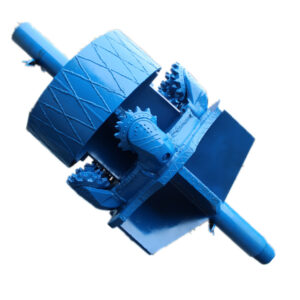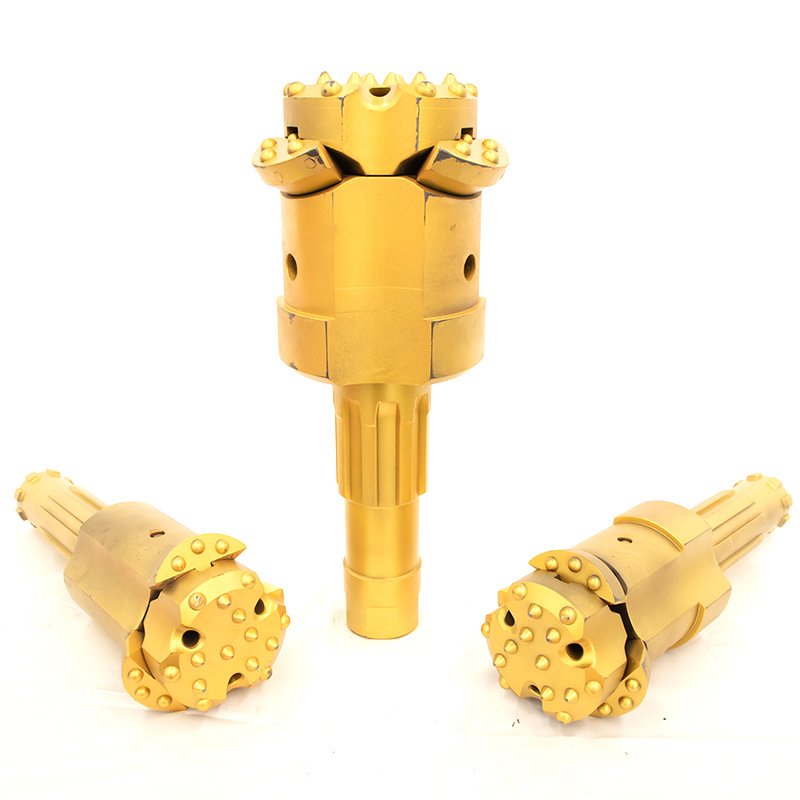Introduction
The design of tricone bits plays a crucial role in their performance. A well-designed tooth structure can significantly enhance drilling efficiency. Composite tooth design integrates various shapes and hardness levels to adapt to diverse geological conditions. This article explores the importance of composite tooth design and its impact on the performance of tricone bits.
Importance of Tooth Design
Tooth design directly affects a bit’s cutting ability and durability. Different formations require different tooth configurations. For example, softer formations benefit from wider teeth that can cover more surface area. Conversely, harder formations require sharper, narrower teeth to penetrate effectively. By optimizing the tooth design, drilling operators can improve penetration rates and reduce wear.
Composite Tooth Structures
Composite tooth structures incorporate various materials and shapes. For instance, some bits use a combination of tungsten carbide and diamond for the cutting edges. This combination maximizes hardness and wear resistance. Additionally, varying the tooth shape along the bit can provide a balance between aggressive cutting and longevity. This flexibility allows operators to tailor bits for specific drilling conditions, resulting in improved performance.
Performance Optimization Techniques
Several techniques can enhance the performance of composite tooth designs. Finite element analysis (FEA) can predict how different designs will behave under various conditions. This analysis allows for informed decisions when designing bit geometries. Additionally, using computer simulations can optimize the tooth arrangement and profile. This ensures that the bits perform well in both soft and hard formations.
Real-World Applications
Composite tooth designs are now widely adopted in various drilling operations. In oil and gas exploration, they are used to drill through complex formations. The ability to customize tooth shapes allows operators to efficiently tackle challenges like mixed rock types or abrasive conditions. In mining operations, composite teeth help increase productivity by reducing downtime and improving penetration rates.
Future Directions in Tooth Design
The future of composite tooth design looks promising with advancements in materials and manufacturing techniques. 3D printing technology may enable the creation of more complex geometries that enhance performance. Furthermore, research into advanced materials can lead to even more durable and efficient designs. Innovations in tooth design will continue to play a pivotal role in the drilling industry’s evolution.
Conclusion
Composite tooth design is essential for optimizing the performance of tricone bits. By integrating various shapes and materials, operators can adapt to different geological conditions effectively. The continuous advancement of design techniques and materials will enhance drilling efficiency and reduce costs. As the industry evolves, composite tooth designs will remain a key factor in successful drilling operations.


